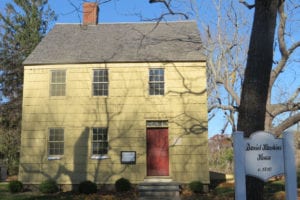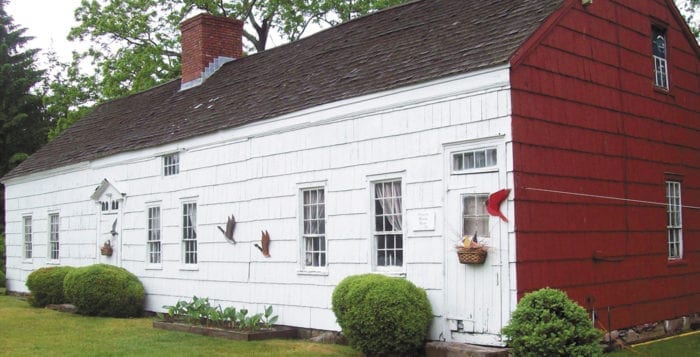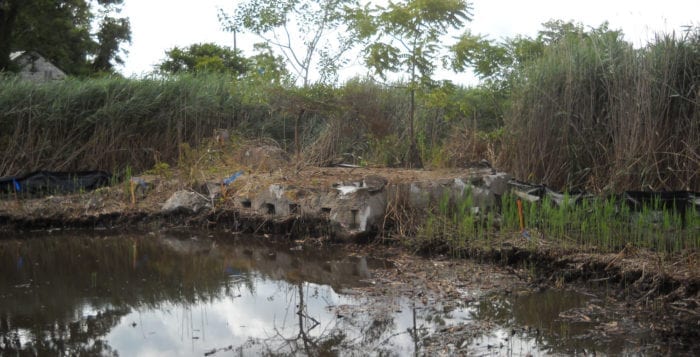A Gardiner grant is growing one local historical society’s reach.
The Miller Place-Mount Sinai Historical Society announced the approval of a $4,750 grant from the Robert David Lion Gardiner Foundation, which will be used to upgrade and enhance the format and capabilities of its website and social media platforms.

“The website itself will allow us to better communicate with our members and the general public, and to build awareness about our society and the local history that we are stewards for,” historical society trustee Matthew Burke said. “Once the upgraded website is unveiled, we anticipate launching multiple social media outlets that will seamlessly connect with and populate our website to further enhance our outreach efforts.”
The Miller Place Historical Society was founded in 1979. In 1982, the name was changed to Miller Place-Mount Sinai Historical Society to reflect the membership and the close ties that the two communities have had since the 1600s. Burke filled out the application, emphasizing how upgrading can continue to raise awareness of the historical significance of the hamlets and the buildings the society owns.
The main property is the 1720 William Miller House — the namesake of the town and the oldest house in Miller Place. Its listing on the National Register of Historic Places enabled the eventual preservation and restoration of the structure beginning in the early 1980s. In 1998, the Daniel Hawkins House, located just east of the William Miller House, both on on North Country Road, was donated to the society. It has undertaken a major fund drive to finance the restoration of the historic gem, with the hopes of using it an archival library and exhibition space. Doing this, will also allow for the William Miller House to become a living museum.
Becoming connected with the Gardiner foundation, according to Burke, could help the society in this process.
“We like to see organizations try to become more sustainable by broadening their outreach and embracing technology to make regional history more accessible.”
—Kathryn Curran
“We’re thrilled not only to have received the financial assistance, but to start developing a relationship with the Robert David Lion Gardiner Foundation,” he said. “Executive Director Kathryn Curran has already introduced us to other members of the Long Island preservation and history communities who may help us.”
Besides handing out the capacity-building grant, networking, according to Curran, is part of what the foundation is all about.
“We want historical societies to link to each other, so if somebody likes going to a Revolutionary War house or Civil War site, they would want to go to another — their success would be built on each other to create tourism,” she said. “We also want them to come to us in the future for funding for different kinds of projects to build their base, their audience and their supporters.”
She said history is hot — noting a rise in genealogy searching and finding different connections to their communities — so she said this is a good time for historical societies to be growing.
“We like to see organizations try to become more sustainable by broadening their outreach and embracing technology to make regional history more accessible to a new audience,” Curran said. “Historical societies don’t like change, and they really need to grow. These investments by the foundation are there specifically to help them become more self-sufficient and have a broader outreach. It’s all about making history an important part of the community.”






